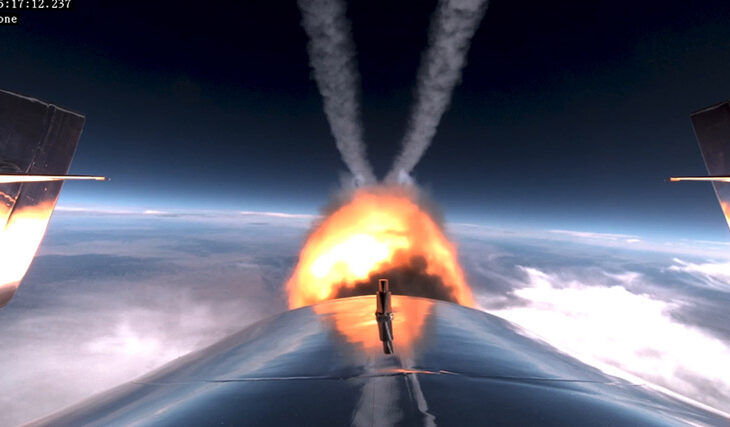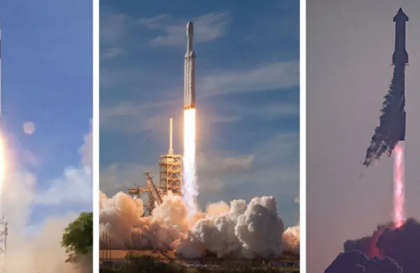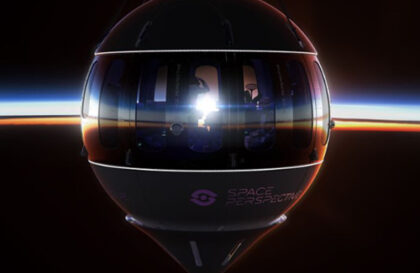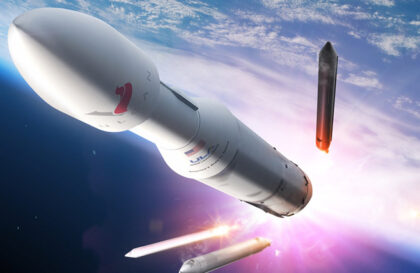The VSS Unity spacecraft takes Eva to an altitude of approximately 50,000 feet (15,240 meters) before releasing it. Once released, the Unity rocket engine fires, propelling the spacecraft into suborbital space at nearly three times the speed of sound.
Virgin Galactic uses VMS Eve as a mothership during its space tourism flights.
Virgin Galactic successfully completed its sixth mission in the past six months. As part of the Galaxy 05 mission, the company’s spacecraft was converted into a suborbital research laboratory for the second time. Researchers gained stable access to microgravity environments to advance human knowledge and scientific discovery.
Michael Colglazier, CEO of Virgin Galactic, expressed pride in supporting the work of the Southwest Research Institute and the International Institute of Astronautical Sciences during this flight. Colglaser also announced a plan to use the mission’s results to improve the exploration capabilities of the future Delta-class spacecraft and anticipate a more innovative role in space exploration in the future.
On board Galaktika 05:
Astronaut 020 is Dr. Alan Stern, an American planetary scientist and Deputy Vice President of the Space Sector at the Southwest Research Institute (SwRI);
Astronaut 021 – Kellie Gerardi, American payload specialist and bioastronautics researcher at the International Institute of Astronautical Sciences (IIAS);
Astronaut 022 – Ketty Pucci-Sisti Maisonrouge, private astronaut.
Dr. Stern conducted two experiments in space, collecting data and preparing for a future NASA-funded mission. Kellie Gerardi evaluated new medical technologies in the field of microgravity and studied the behavior of confined fluids under certain conditions.
Banner image: Virgin Galactic
Image credit:
https://www.virgingalactic.com






